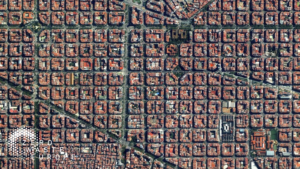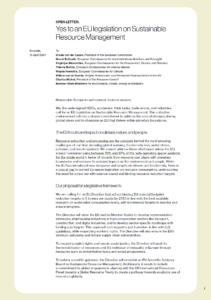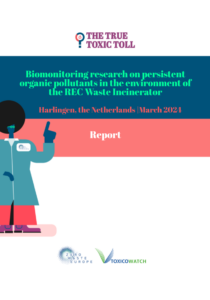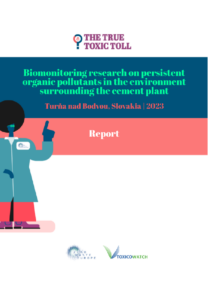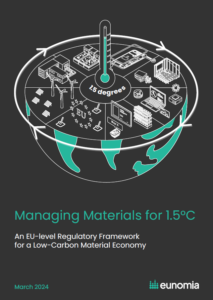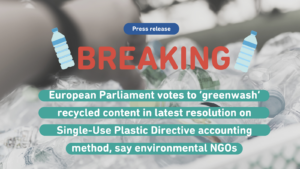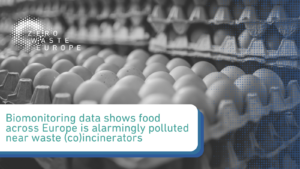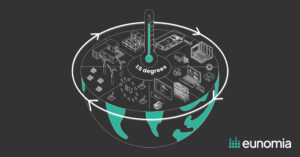Achieving a true circular economy through a circular residual waste cap
Residual Waste Cap
As long as EU waste targets limit (or remain to limit) percentages of waste landfilled, there will be no real incentives for member states to reduce the actual tonnages of generated waste. What we need is a residual waste cap to will enable both waste prevention and recycling.” – Janek Vähk, Zero Pollution Policy Manager at Zero Waste Europe
The current EU Landfill Directive sets a 10% landfilling target to be achieved by 2035. If at first such a target could appear as the right option, it is actually a very counterproductive one, as it doesn’t say anything about reducing the overall quantity of generated waste or on other residual waste treatments such as incineration. In that sense, this target could simply be reached by burning more and more waste, which would totally contradict the principles of a true circular economy.
To avoid this, Zero Waste Europe strongly advocates for a revision of the 10% landfill target, replacing it with 120 kilograms of residual waste per year per capita by 2030.
Although this can seem ambitious, there are several zero waste cities across Europe that have not only reached that target, but also went beyond it. Such a change would strongly incentivise both the adoption of ambitious waste prevention measures and of improved recycling systems.



